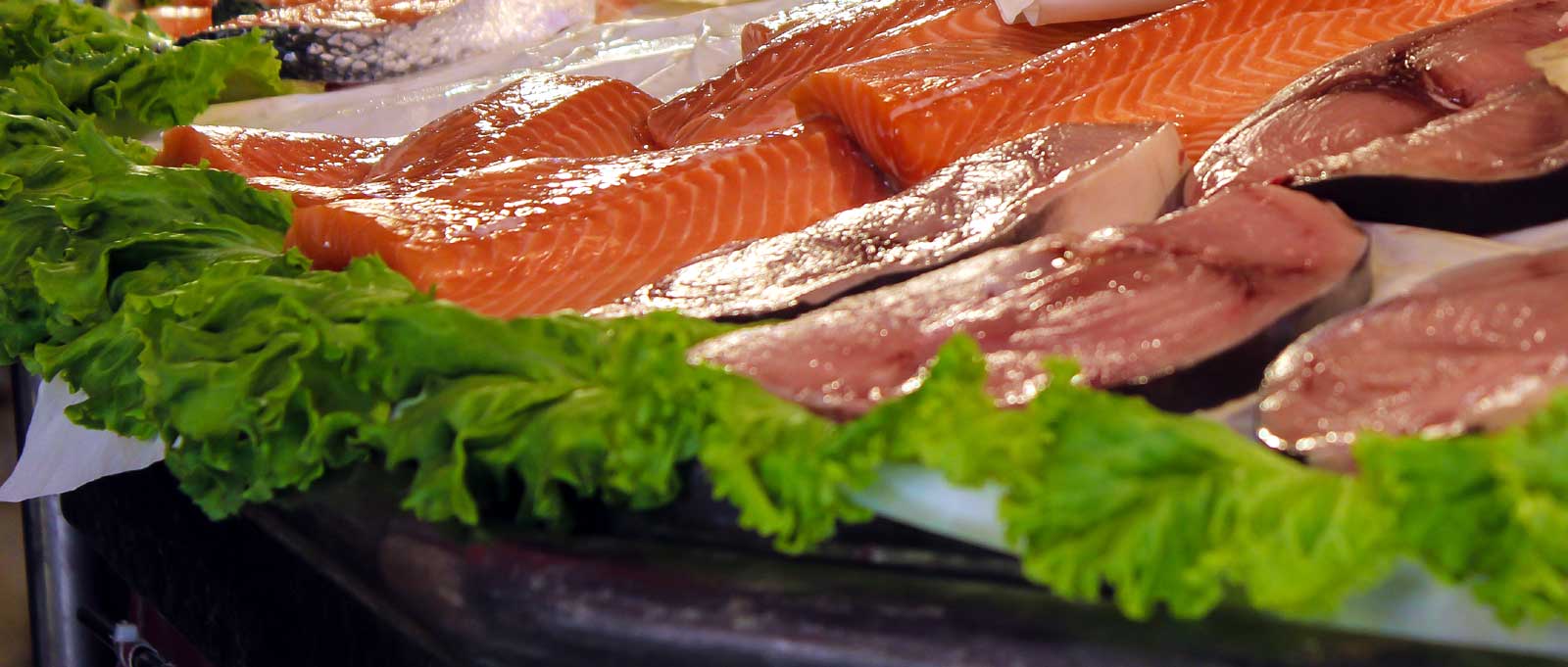The quality of frozen fish can be just as good as fresh fish, and in some cases it can even be better. This is because freezing fish preserves the quality and taste of the fish, preventing it from deteriorating. Fresh fish can start to lose its quality and taste quickly after being caught, while frozen fish can be stored for several months without losing its quality. When fish is caught, it is often flash-frozen on the boat immediately to preserve its freshness. This means that the fish can be caught and frozen at peak freshness, which can be a better option than fish that has been caught and then sitting on a boat or in a market for several days before being sold as “fresh” fish.
It is important to note that the quality of frozen fish can vary depending on how it is stored and handled. Frozen fish should be stored at a temperature of -18°C or lower to prevent ice crystals from forming and to maintain its quality. If the fish is thawed and refrozen or stored at a higher temperature, it can lose some of its quality and taste.
Most fish for sale isn’t leppin’ fresh
- Leppin’ fresh refers to fish that was just pulled out of the sea or river locally and it’s the best fish you can eat for flavor and texture. In order to really enjoy the freshest fish you either need to catch it yourself or it needs to be purchased right off the boat from the actual fisherman. Where you live matters as the reality is that only those who live very close to the source (be it the ocean or freshwater lakes) get to enjoy ‘leppins.
- Large commercial and factory fishing boats can’t deliver ‘leppins because they are out at sea for days at a time with no chance of bringing their catch in daily. Fish starts to deteriorate the moment it dies and so most industrial fishery operations have advanced, specialized trawling vessels that process and freeze the catch right after it is hauled in. This is referred to as flash frozen fish and it’s the second best option for consumers.
- Not all fishing operations can afford the investment of a freezing trawler and these rely on icing. Generally fish can be stored in ice in good condition for a period of days depending on the species. Fatty fishes (mackeral,sardines, etc.) have a short shelf life in ice. The fish easily gets rancid due to oxidation of unsaturated fatty components so also the belly portion gets softened owing to the action of enzymes and bacteria. While icing is the cheapest preservation option the fish remain in good condition only for a short while. It keeps teh frish “fresh enough” so that it can either get to market as fresh or get to an onshore freezing facility. Fish that has been kept on ice for several days is not as good as flash frozen fish.
- The worst type of fish is fish that has been previously frozen (either at sea or in an on-shore processing plant) and is then thawed out at retail. This is done mainly for presentation purposes however consumers seldom have any way of knowing how long the thawed fish has been sitting out and secretly retailers hope that buyers will believe they are buying fresh fish. Once thawed, fish should be cooked or consumed as quickly as possible for optimal taste and to ensure safety.
Other methods for preserving fish include salting and smoking. These processes draws moisture from the fish, making it inhospitable to bacteria and other microorganisms that cause spoilage. Because they are highly processed, salted and smoked fish can’t be considered fresh in the same way that fresh frozen fish can.
Quality of seafood is dependent on “minutes from net to table” in all cases. Basically, consumers are better off eating locally sourced fish within a day or two of being caught. For those who can’t locate a good source of local fish they are probably better off purchasing flash frozen product.

